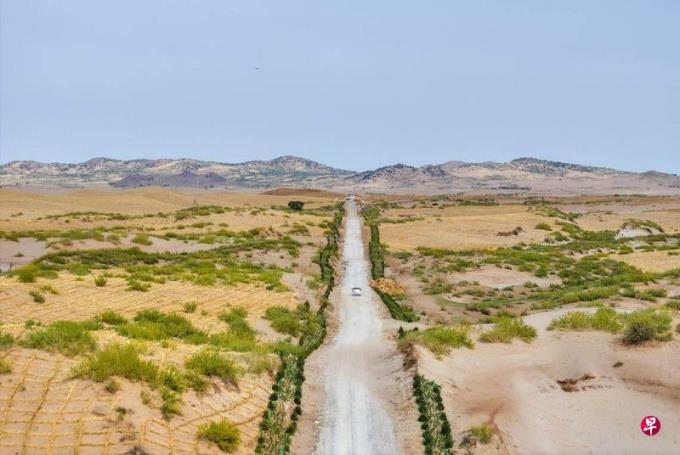
Since the beginning of this year, China Inner Mongolia has accelerated the work of preventing sand prevention and sand control. It has completed 6.04 million acres of sand prevention and sand control.It is reported that by 2030, Inner Mongolia will add more than 11 million acres of comprehensive governance of sandy land, and the governance rate of sandy land will be more than 85%.
The United Nations Food and Agriculture Organization issued a report in 2020 stating that China has increased an average of 1.937 million hectares of forests per year in the past 10 years, with a growth rate of 0.93%, far higher than other countries.This is the result of China's economic development. With the increase of per capita income, people's awareness of environmental protection has also increased.According to a 2019 report of the National Aeronautics and Space Administration, satellite images show that China and India have led global greening in the past 20 years.The area of greening has increased by 5%since 2000, and China has made a quarter of contributions.
Ironics is that greening is the result of economic development, and the momentum of economic development mainly comes from fossil energy criticized by environmental protection.The green movement now emphasizes the renewable energy of unstable supply, leading to rising energy prices, and the implementation of political correct energy policies in industrial countries, Germany, leading to an increase of 40%in energy prices in 2023.If a similar policy is implemented in developing countries, it will inevitably change the effectiveness of global greening.




